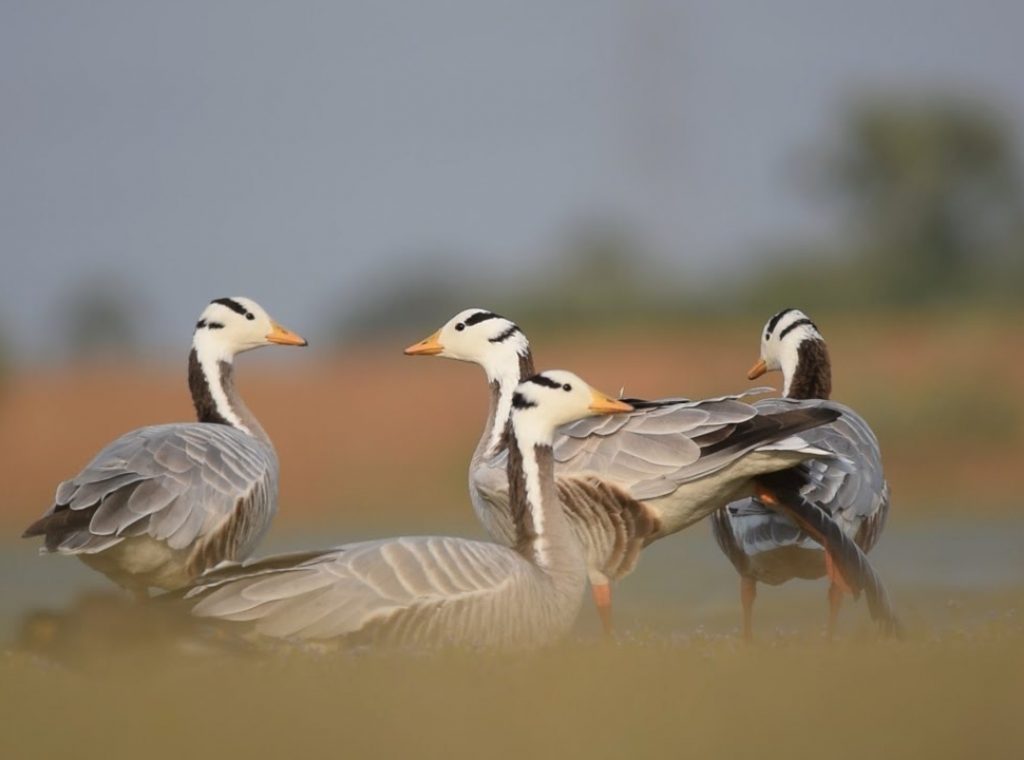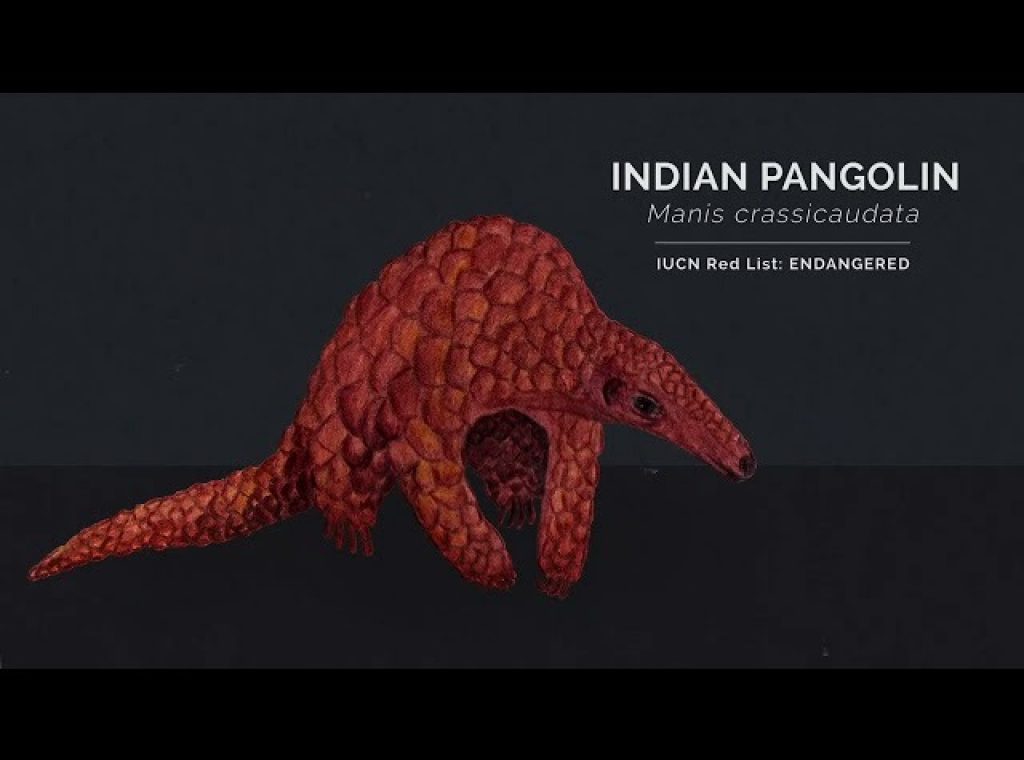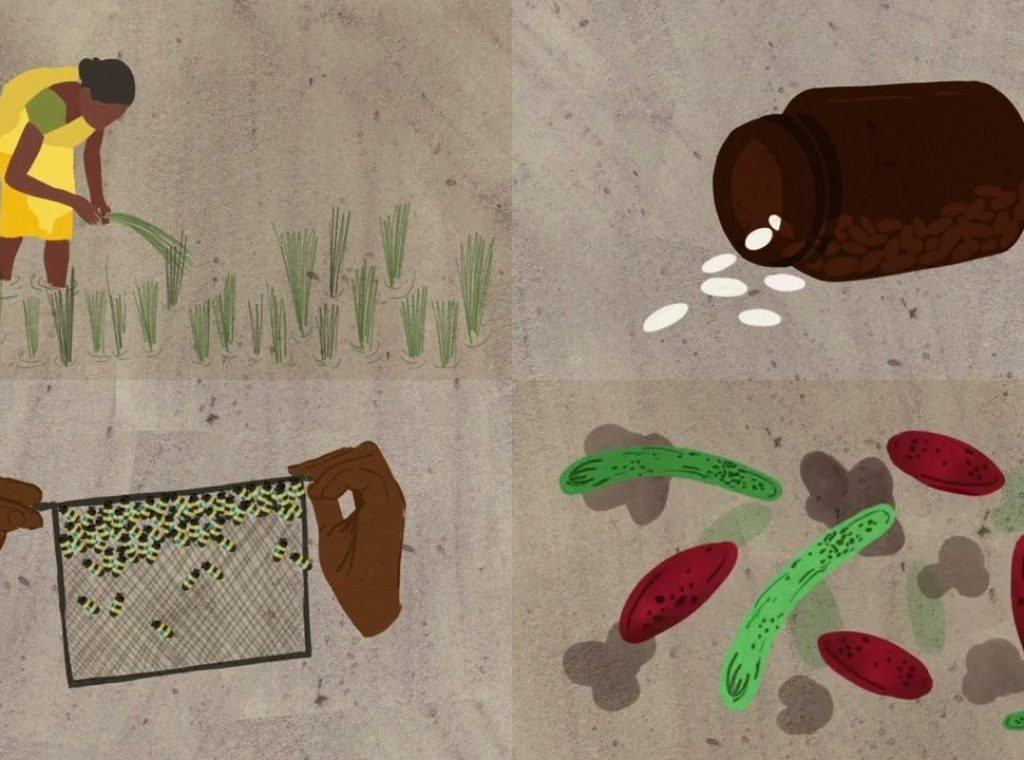This programme integrates various approaches to explore, document, monitor and help safeguard India’s unique biodiversity. It aims to provide evidence-based insights on the status of biodiversity and its future threats and facilitate informed policy (re)formulation, conservation planning and implementation for protecting biodiversity, ecosystem processes and human well-being.
Our key areas of research include Biodiversity and Global Change, Biodiversity and Conservation Planning and Biodiversity and Capacity-building.
Objectives
Research Questions
Alignment with India’s International Commitments








